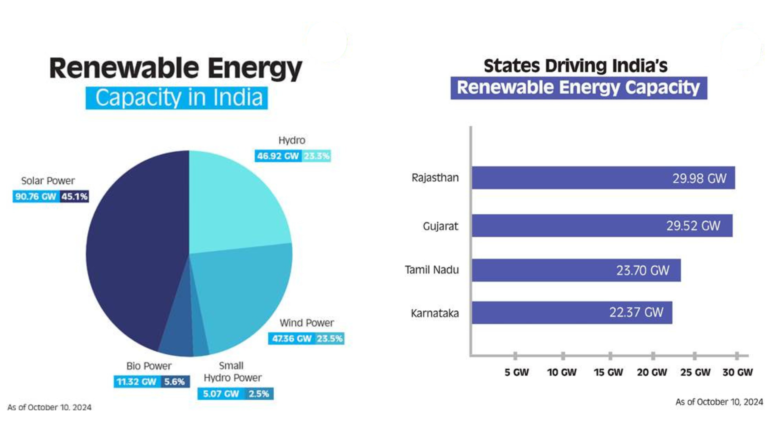Avaada Energy secures Rs 5.97 billion refinancing for solar projects
Avaada Energy, part of Avaada Group, has secured approximately Rs 5.97 billion in refinancing for its commercial and industrial (C&I) solar projects in Karnataka and Maharashtra. The refinancing was provided by NIIF Infrastructure Finance Limited (NIIF IFL), a debt fund focused on operational infrastructure projects. Avaada’s solar projects supply power to major corporations such as Bharti Airtel, Motherson, Bharat Forge, STT, Nxtra Data, and Lumax, supporting their energy transition initiatives. The refinancing deal allows Avaada…

